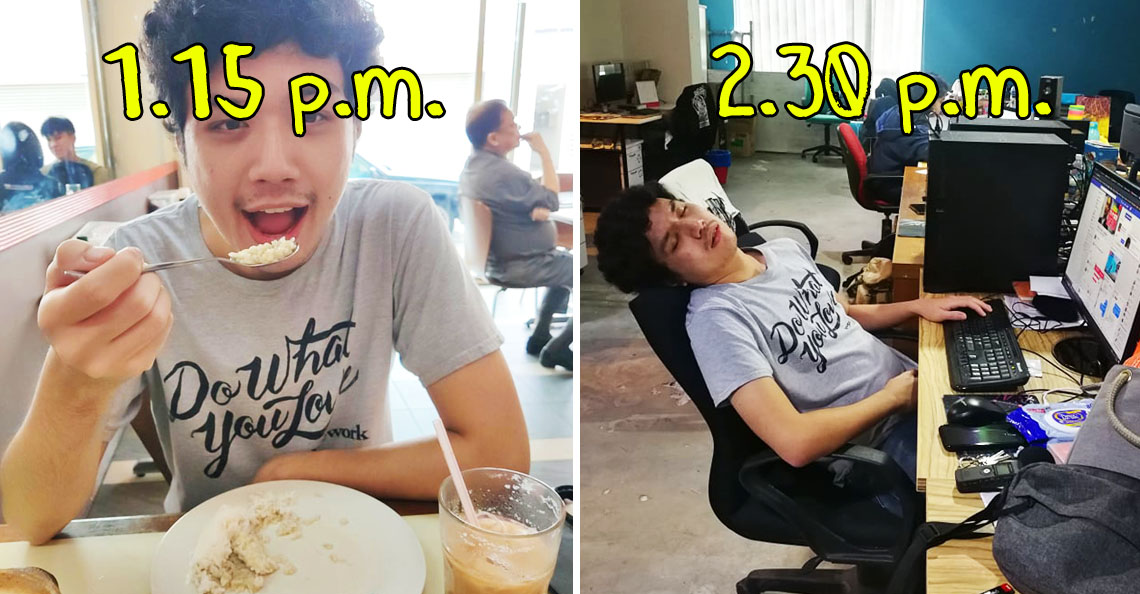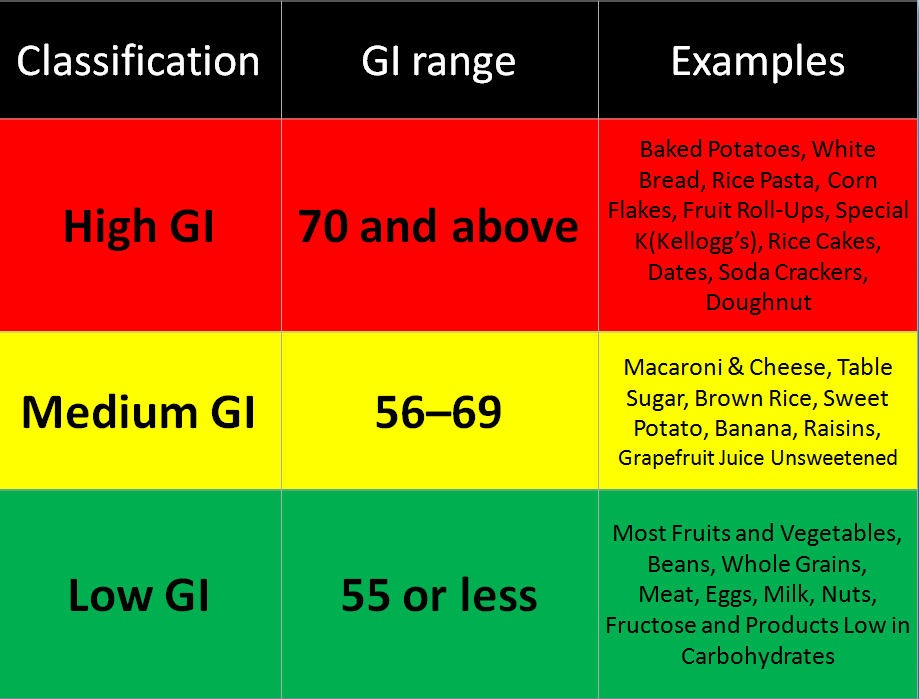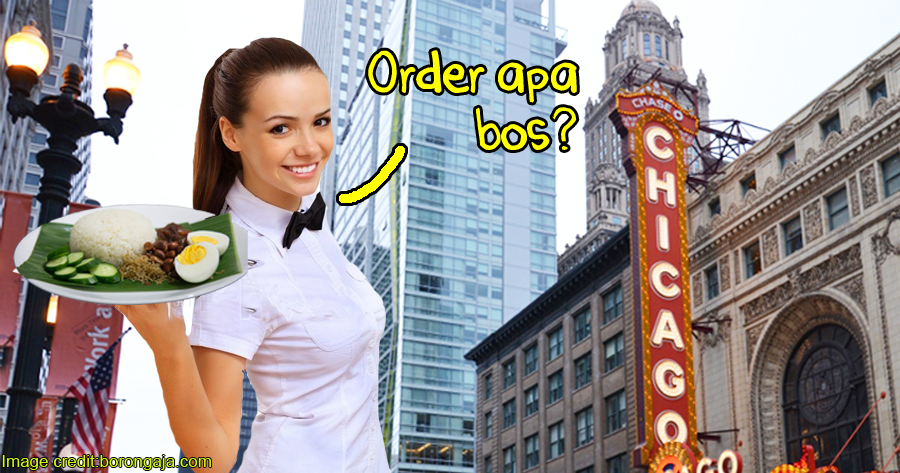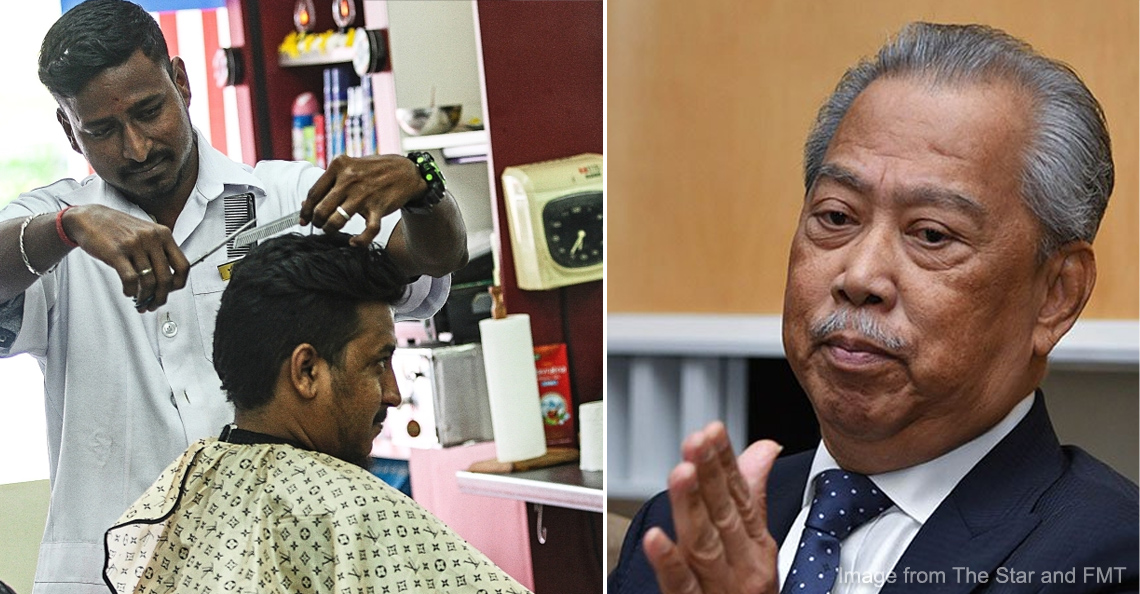Always feel sleepy after a big nasi campur for lunch? Here’s why, according to science

- 3.0KShares
- Facebook2.9K
- Twitter13
- LinkedIn19
- Email22
- WhatsApp63
Here’s a common scenario for office workers: you rushed off to work this morning without a proper breakfast, and by about 10 am your belly starts growling. You try to focus on the spreadsheet in front of you, but your mind keeps thinking about a huge plate of rice, and that crispy fried chicken at the nearby mamak.
“I’ll just do this work properly after a nice lunch,” – You, not learning from past experience.
Then lunch hour finally comes. You’re starving, so when the mamak asks you if the nasi is cukup or not, you say tambah sikit lagi. Balancing the ayam and sayur on your mountain of curry-soaked rice, you happily wobble over to a table and scarf the whole thing down. An ice-cold glass of teh ais later, you grin in satisfaction as you walk back to the office, patting your filled belly. Now I’ll be able to focus, you think as you sit down in front of the computer.
But what’s this? You’re yawning after about half an hour, and your eyes feel kind of heavy. Nooooo! My deadline is today! You struggle to type out the numbers, but that just makes your eyes even heavier. Maybe a half-hour nap would help… oh no the boss is looking this way. Why is this happening to me?!
Well, we at Cilisos as well as our kawans at Kawan Food were wondering the same thing as well, so today, we’ll be taking a look at why this happens, and how we can beat that drowsiness. First of all, you should know that…
Getting sleepy after a meal is just your body’s natural response to food

To those of you who said ‘OMG that’s so me’ while reading that long anecdote, you should know that you’re not alone. In fact, feeling sleepy after a meal is so common that there’s even an official scientific term for it: postprandial sleepiness. Part of why it happens comes from how our nervous systems are wired. In particular, from the autonomic nervous system, a.k.a. the part of our brains and nerves that control involuntary things, like heart rate and breathing.
Very, very basically, there are two parts of the system that mostly oppose each other: the sympathetic system, which gives us our fight or flight response, and the parasympathetic system, which gives us our rest and digest response. The systems work in a way that in most cases, one system have an opposite effect on the body to the other. For example, when the fight or flight response is triggered, your heart rate increases, and when the rest and digest response is triggered, your heart rate decreases.
The fight or flight response can be triggered by exciting situations, and it prepares your body to either fight or run away by increasing your heart rate, breathing, and blood flow to the muscles, among other things. The rest and digest system, on the other hand, prepares your body to digest the food you eat by increasing the activity of the digestive system and causing your body to feel like it needs rest while doing so. The trigger for this seems to be having food in your body. According to H. Craig Heller, a biologist at California’s Stanford University,
“Studies have indicated that stretching of the small intestine induces sleepiness and a protein–fat loading of the stomach induces sleepiness,” – H. Craig Heller, to Scientific American.
So essentially, by eating, our body switches to a mode where we want to rest and digest the food we eat, and the more you eat, the bigger the response will be, and the sleepier you feel. But that’s only scratching the surface when it comes to nasi campur sleepiness. The kind of food you eat also has a hand in it, and particularly…
Eating high GI foods may also make you want to sleep
In case you haven’t heard the term before, GI stands for glycemic index, and it’s basically a measure of how easily your body digests food (like carbs) and turn it into sugar in your blood. GI is measured in a scale between 0 and 100, and generally the higher a food’s GI is, the more it increases your blood sugar immediately after eating it. For reference, GI values below 55 are considered low, above 70 are considered high, and 100 is the value given to pure sugar.

White rice‘s GI value is 72, which puts it in the ‘high GI’ category. But what does GI have to do with feeling sleepy? Well, it’s a bit complicated, so bear with us. When our blood sugar rises, the body produces a hormone called insulin, which helps the body either absorb the sugar (plus some other stuff) and use it, or turn the sugar into glycogen to be stored and used later. Essentially, insulin helps your blood sugar levels go back to normal after eating.
Since they’re processed faster, high GI foods will cause your blood sugar levels to spike faster than low GI foods, causing the body to make more insulin in a short time. This sudden spike of blood sugar and sudden lowering by the insulin may give you somewhat of a crash, making you feel energetic for a while, then suddenly sleepy. According to Robbie Clark, Australian-based dietitian and sports nutritionist, this is the case with white bread, which also has a GI value of around 72.
“When you consume white bread your body quickly absorbs the fibre-less starches and refined sugars rapidly, which causes a spike your blood glucose levels. This spike is short lived and results in plummeting blood glucose levels, which can lead to feelings of tiredness and sleepiness,” – Robbie Clark, to the Huffington Post.

But there’s more to the sleepiness than just a sugar crash. Insulin by itself doesn’t make you sleepy, but if you remember from above, it helps the body take out sugar and ‘other stuff’ from the blood and into our cells. Among the other stuff here are some amino acids, which are proteins in their simplest forms. Most amino acids are removed by insulin, except the one called tryptophan. Tryptophan can be found in foods like chicken, eggs, and fish, among other things.
The insulin spike generally removes glucose and other amino acids from the blood except for tryptophan, which enables more tryptophan to make their way to the brain. Here’s the interesting part: tryptophan is used to build hormones like melatonin and serotonin in the brain, which are essentially sleep hormones. And according to research by a team of sleep scientists from the University of Sydney led by Christopher Herrera, the more high GI food you eat, the more tryptohan becomes available to the brain.
“After high GI foods, you see increased availability of tryptophan. And there is a dose response, so that the higher the glycaemic response to a meal, the greater the availability of tryptophan is to the brain.” – Christopher Herrera, to ABC Science.
So you can see how eating a huge plate of rice with ayam goreng and telur mata will start a chain reaction that ends up with you feeling sleepy. By now, you’re probably feeling sleepy from all this GI and tryptophan and insulin talk, so you might be wondering…
Wahlao, so how do I stop feeling so sleepy after lunch?

Well, based on everything we’ve covered above, there are several ways you can work around those lazy after-lunch hours. Perhaps the simplest way is to eat smaller meals throughout the day, and don’t skip breakfast. Because you know that you’ll be fantasizing about food until lunch hour and end up eating more than you need.
“If you skip breakfast, it sets the energy standard for the rest of the day. Plus, come lunch time you will be extremely hungry and are more likely to make poorer food choices or have a larger portion.” – Robbie Clark, to the Huffington Post.
However, if you just can’t help skipping a few meals, you can always be smart about it and choose foods that have lower GI values instead. These are digested more slowly, so your blood sugar won’t suddenly spike and cause all that insulin tryptophan nonsense. Some common ones are oats, sweet potatoes, most fruits, and non-starchy vegetables like cucumbers and cabbages, to name a few.
But if you’re looking for a more local and tasty alternative, Kawan Foods recently came up with a line of low GI Paratha and Chapatti. Even though roti canai and chapatti sounds sinfully unhealthy, Kawan’s Low GI versions are actually made with a blend of ladies fingers, lentils and fenugreek (a.k.a. halba), so they’re higher in dietary fibre and get digested more slowly. Both have GI values of around 50, which is even lower than oats.

Basically, they can keep you fuller for longer, so no more getting distracted in the morning by lunch prospects. As a plus, Kawan’s low GI line also has less fat than regular chapattis and parathas, and much lower calories too. So you can easily fry one up without feeling guilty about digging into a piece of roti canai. And if you need some Dhal to go with it, they have that too...
Feeling sleepy after a meal isn’t necessarily a bad thing. You can turn things around and eat larger, high GI meals to help you sleep better at night, for example. But if you want to stay awake after lunch, maybe tell the mamak nasi separuh or just get some chapattis from Kawan instead. #plug
- 3.0KShares
- Facebook2.9K
- Twitter13
- LinkedIn19
- Email22
- WhatsApp63



